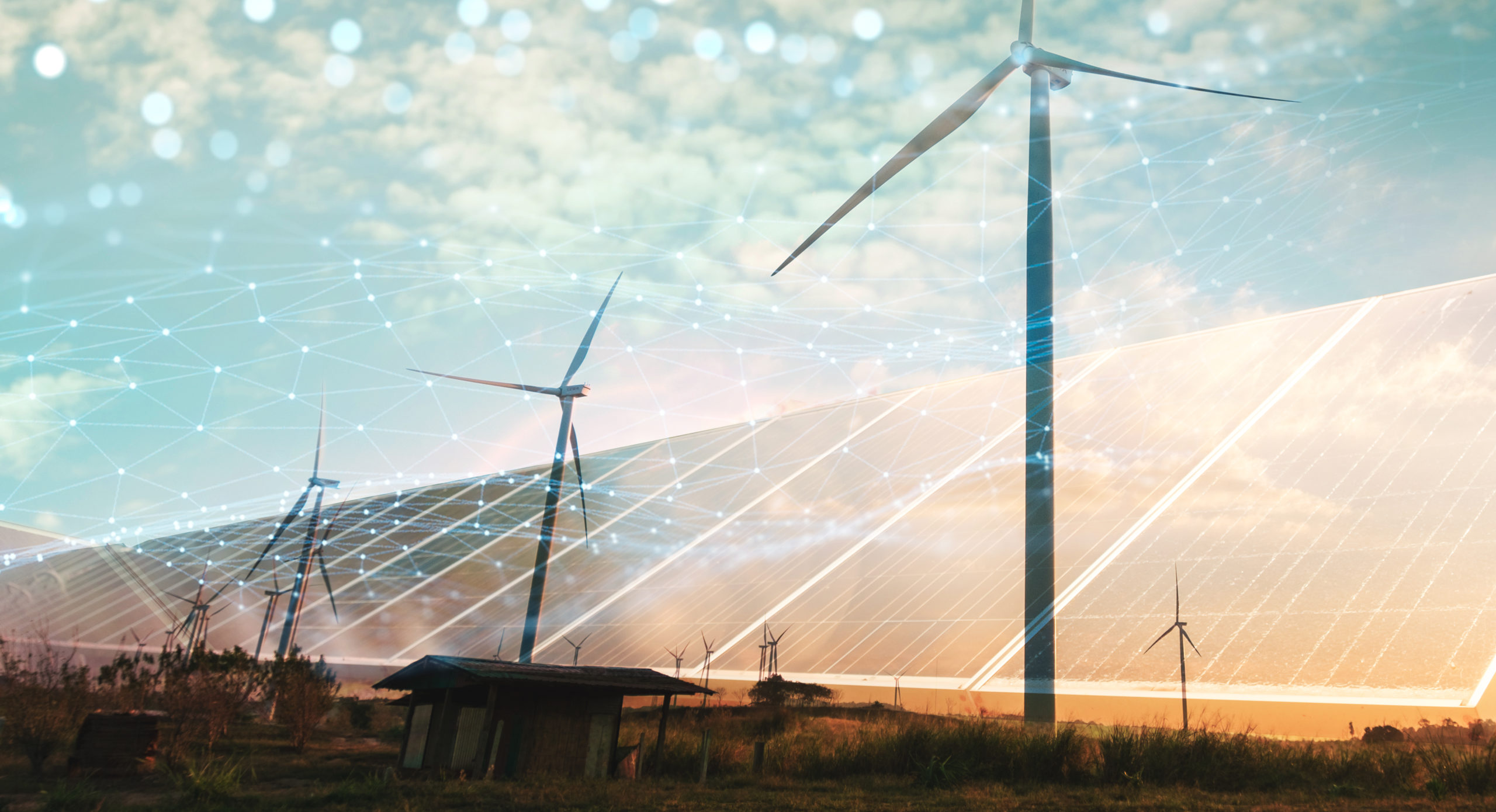Japan’s Mitsubishi Heavy Industries is preparing to launch a line of compact carbon capture units next year as demand for the technology spreads across industries and to smaller businesses.
Carbon capture, utility, and storage (CCUS) is used most commonly to trap carbon dioxide produced by thermal power plants and large factories. The captured carbon is then either stored or used to make other products.
The size and cost of conventional systems have largely limited their use to large oil companies, steelmakers and others willing and able to pay for them, especially in industries where reducing emissions remains challenging.
Mitsubishi hopes the smaller units will open the door to more widespread use of CCUS, although experts say more government support and clearer regulations are needed to make them economically feasible.
The smallest unit in the company’s lineup, and the first scheduled for release, takes up just 10 sq. meters of land. The first commercial unit was installed ahead of next year’s scheduled launch at a biomass power plant in Hiroshima prefecture in June in just two days.
The unit, painted white and emblazoned with an illustration of a blue Earth, processes the emissions produced from the burning of wood chips at the plant. It extracts 300 kilograms of CO2 a day, or about 0.3% of the plant’s total emissions. The CO2 is then sent to two greenhouses on the premises to boost the growth of tomatoes and strawberries.
Taihei Dengyo, the plant’s builder and operator, said smaller amounts of captured carbon are easier to handle and can be used up in agriculture or forestry applications, whereas larger amounts require the installation of costly storage facilities.
Taihei Dengyo President Jo Nojiri admitted that it is unlikely the investment in the unit, whose cost was not revealed, will produce an immediate profit. “But I think most technologies with means of maintaining carbon neutrality fall short of achieving cost-effectiveness,” he said at a media event in August. “We’re hoping our actions toward carbon neutrality will lead to receiving our next order.”
Mitsubishi Heavy says interest in carbon capture is growing beyond conventional customers, particularly in fields where reducing emissions is difficult due to technological or cost barriers. Others are concerned about their image as pressure to go green increases, the company added.
The company has supplied bigger carbon capture systems to 13 projects around the world, the largest of which sucks up about 4,700 tonnes per day. Mitsubishi says its products account for 70% of the total volume of carbon captured worldwide. Such systems, however, are made to order, costly, and require three to four years for installation.
Mitsubishi Heavy’s five types of compact units, by contrast, will be ready-made, mass-produced and easily transported and installed, the company said. This will “significantly shorten” the delivery period and “achieve cost-competitiveness” with other compact units, said Kenji Terasawa, the company’s president and CEO.
Places where the units could be installed include ships, garbage incineration plants, and gas-fueled power plants.
The use of carbon capture technology is growing despite questions over its suitability as a long-term means of combating climate change. A total of 195 commercial CCUS facilities were operating or in development worldwide in 2021, doubling from the year before and quadrupling since 2017, according to the International Energy Agency.
But while annual CO2 capture capacity surpassed 40 million tonnes in 2021, that figure must increase fortyfold by 2030 to align with the pathway to net-zero emissions by 2050 put together by the agency.
The latest report by the United Nations’ Intergovernmental Panel on Climate Change (IPCC) says deploying carbon capture technology to tackle emissions that are hard to abate is “unavoidable” if net-zero CO2 emissions are to be achieved, but added that use of the technology should be decreased over the long term to keep global temperatures from rising by more than 1.5 C above preindustrial levels, the target set by the U.N.
This year, more than 50 new carbon capture projects have been announced in the second quarter alone, according to consultancy Wood Mackenzie. North America and Europe account for about three-quarters of the capacity for operational and planned projects, driven by strong policy support, and they are expected to maintain that share in 2030.
The U.S. Congress passed the Inflation Reduction Act in August, which includes topping up credits for captured carbon and adds market incentives for more businesses to adopt the technology.
Such incentives will be crucial to overcoming the cost issue. Currently, capturing carbon for storage in the power, chemicals and cement industries can cost two times or more than the global weighted average carbon price, according to Wood Mackenzie.
Asia lags in the deployment of CCUS due to a “lack of embedded policy and regulation across the region,” despite potentially having some of the world’s “greatest demands,” said Lucy King, senior research analyst at Wood Mackenzie.
Still, momentum is building in the region. In 2021, the Japanese government launched a platform for regional collaboration and promotion of the technology, such as sharing best practices and knowledge.
In Southeast Asia, the first commercial carbon capture projects were announced in Malaysia and Indonesia last year, according to think tank Global CCS Institute. Pertamina, Indonesia’s state oil company, is tying up with regional and global companies to accelerate its development of CCUS.
This article first appeared on Nikkei Asia. It has been republished here as part of 36Kr’s ongoing partnership with Nikkei.

